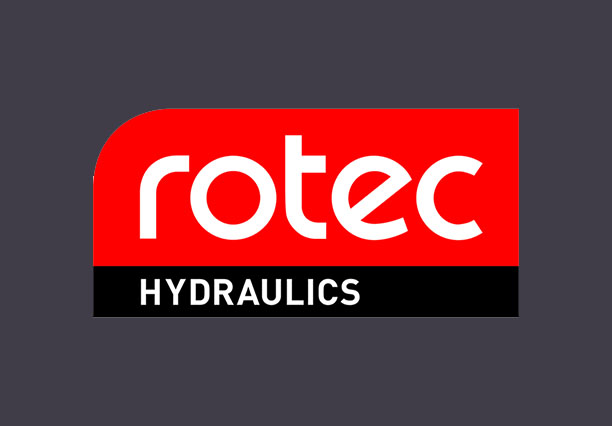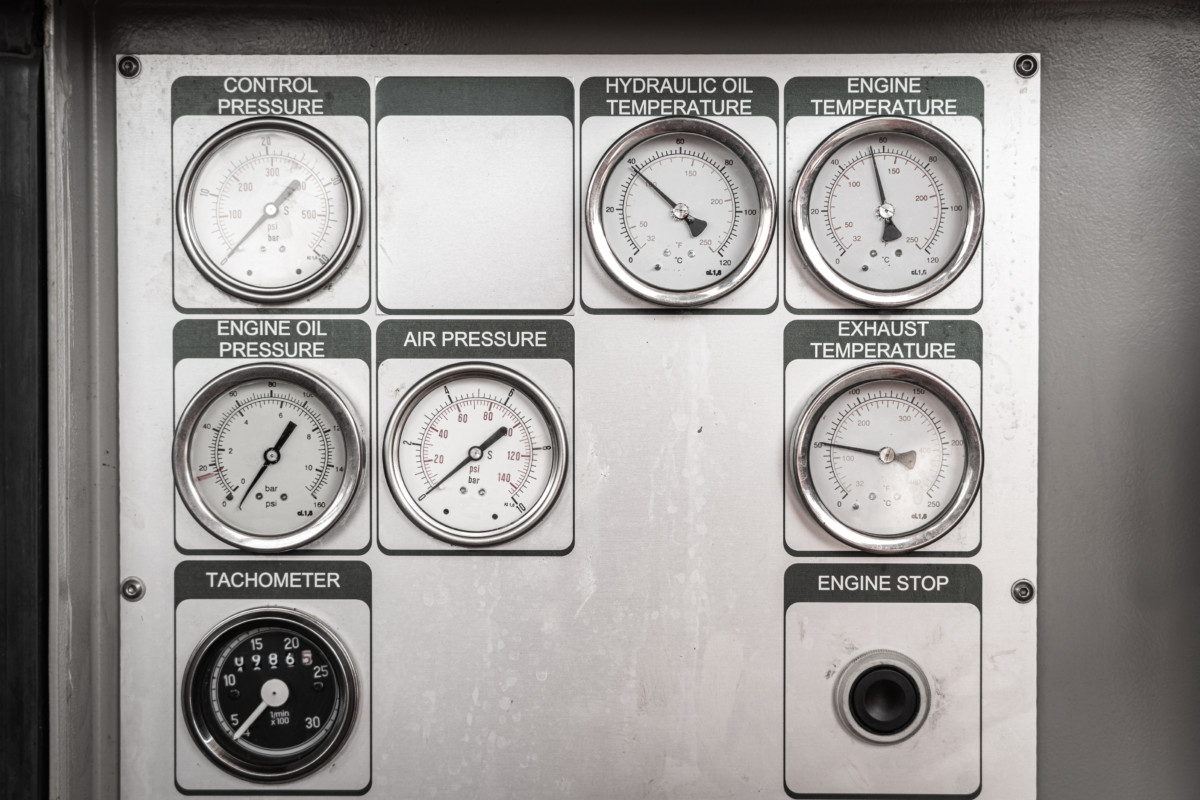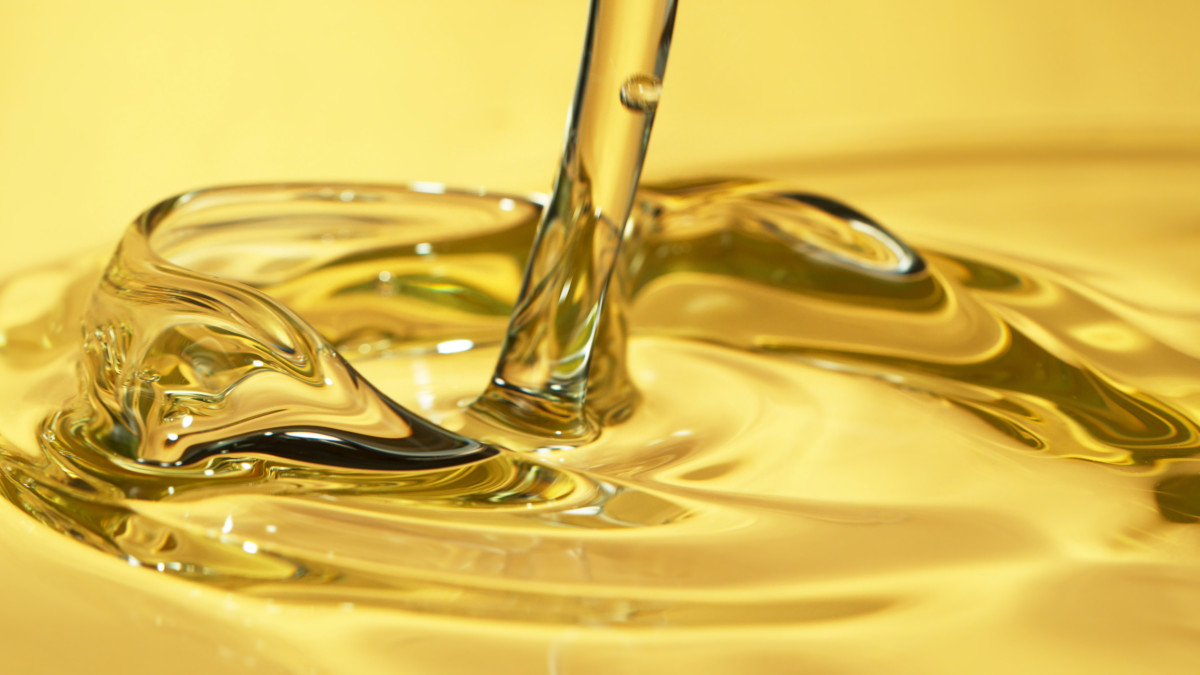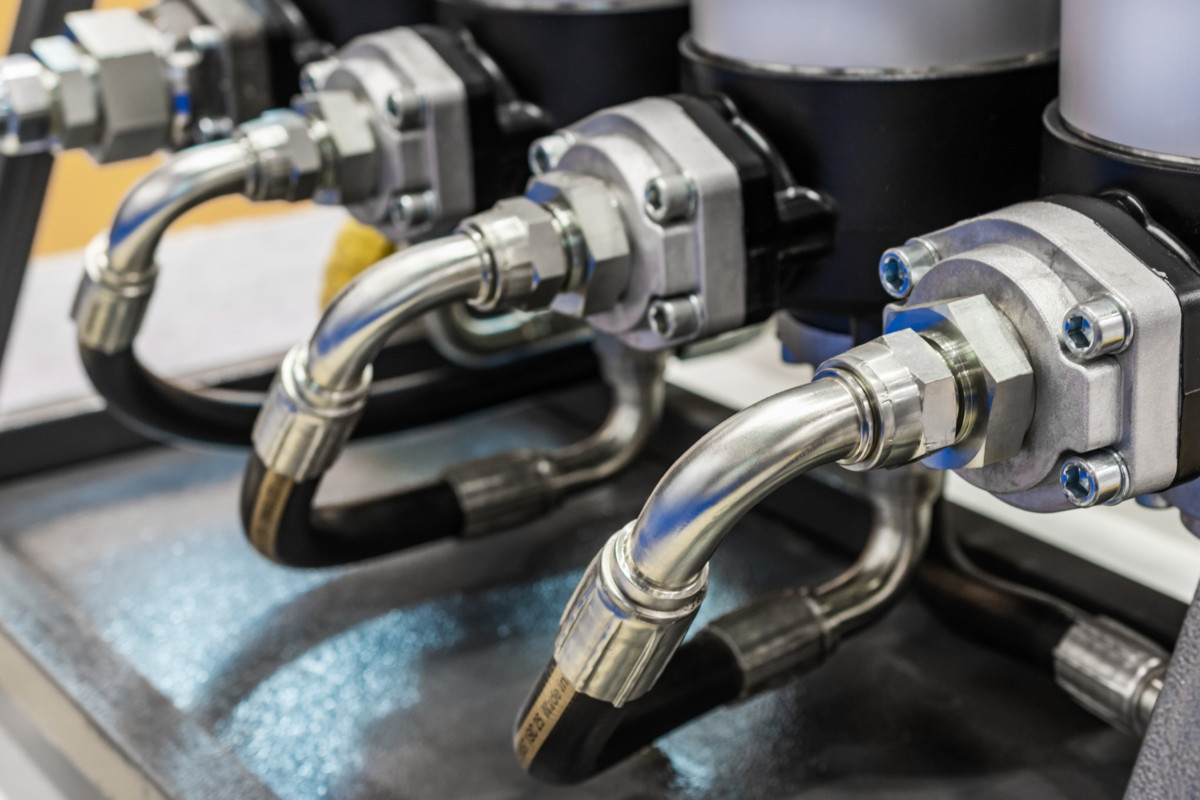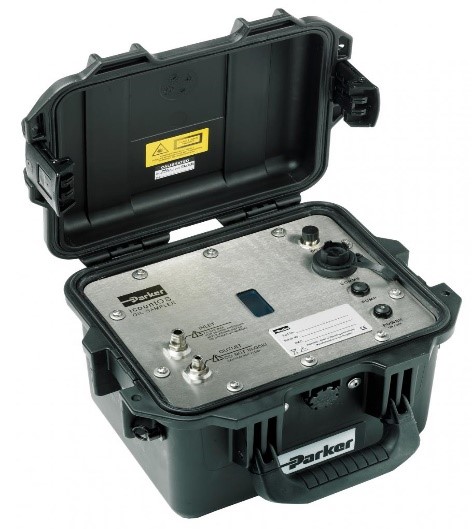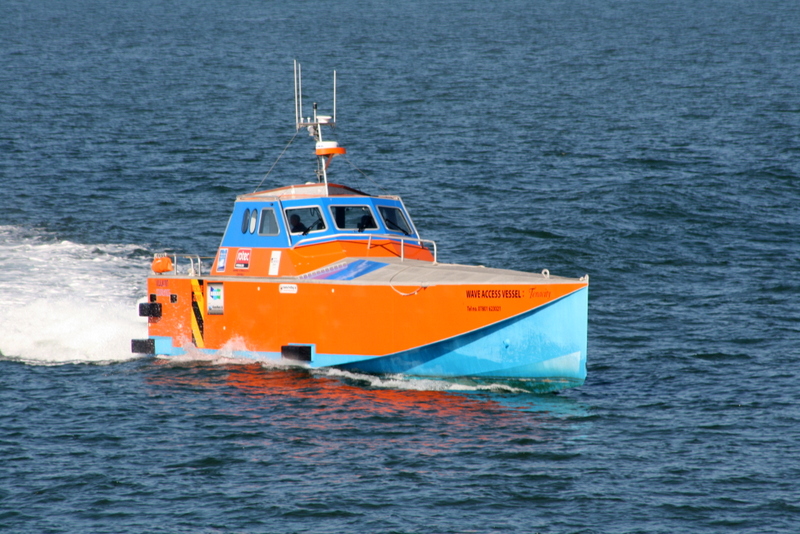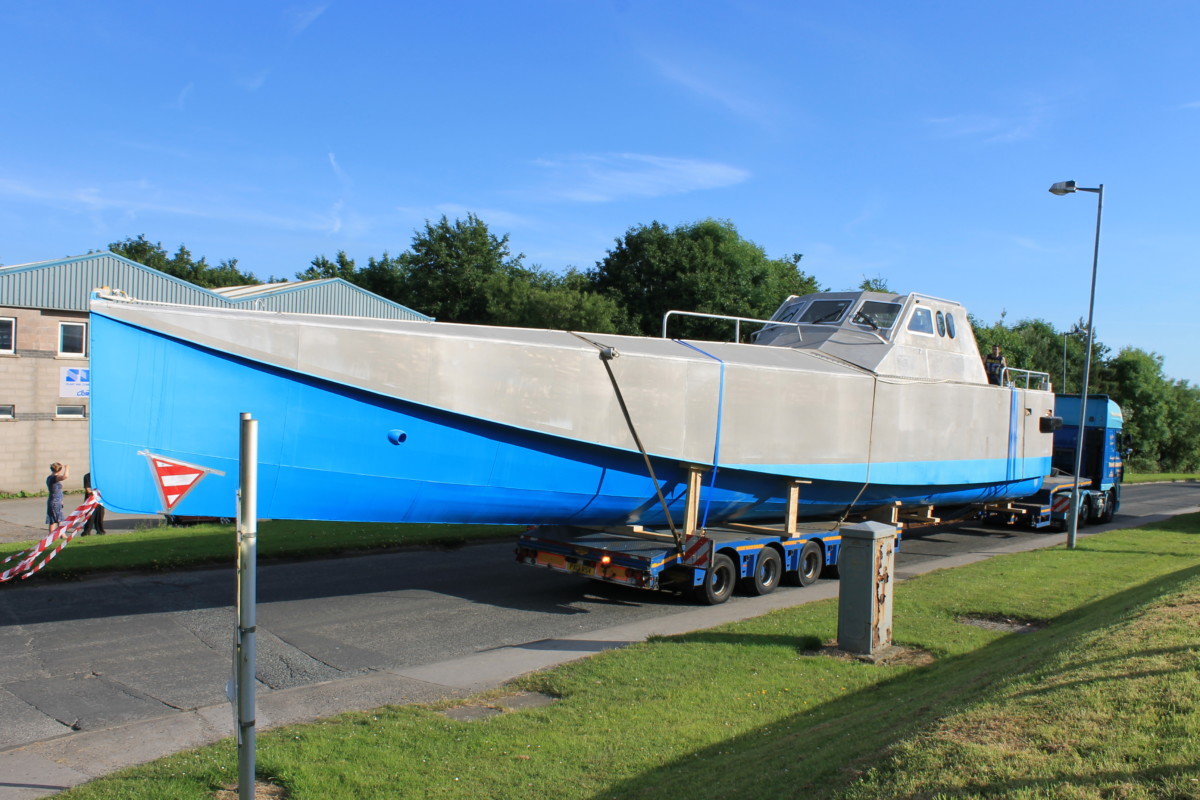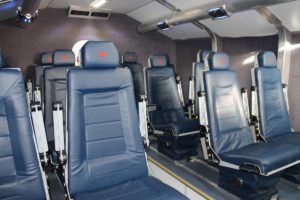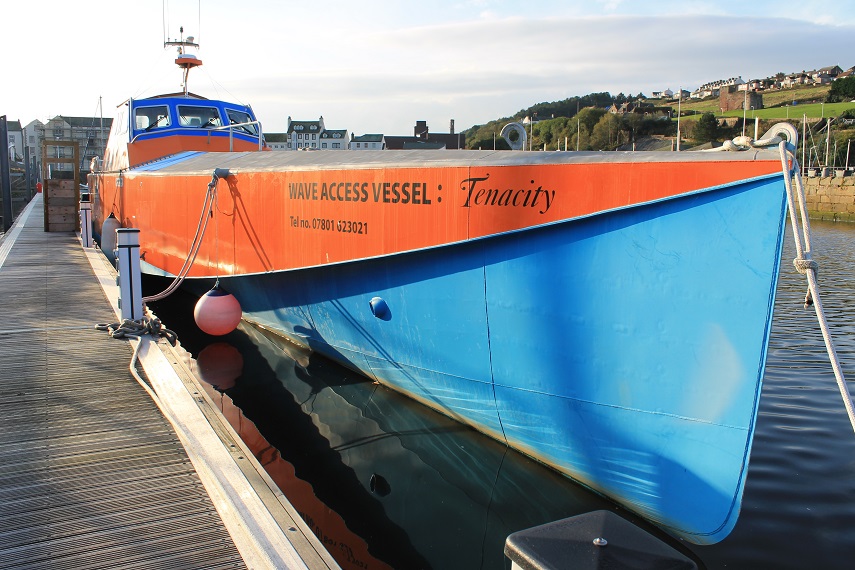A guide to hydraulic motors

Axial piston, radial piston, hydraulic gear or hydraulic vane – there are numerous types of hydraulic motors.
When operated, a hydraulic motor uses hydraulic pressure to rotate. Power fluid enters the hydraulic motor, turning the shaft. The volume of oil supplied by the pump determines the velocity of the motor. Thus, the torque generated is dependent on the amount of supplied pressure.
Axial piston motors
Axial piston motors use a bent axis design or a swash plate principle. The fixed displacement type works as a hydraulic motor and can be used in open and closed circuits. In contrast to this, the variable displacement type operates like a hydraulic pump.
In the bent axis design, pistons move to and fro within the cylinder block bores. This movement is converted into rotary movement via the piston ball joint at the driving flange. In the swash plate design, pistons move to and fro in the cylinder block. Subsequently it revolves and turns the drive shaft via the connected cotter pin.
Radial piston motors
Highly efficient and usually long-lasting, radial piston motors provide excellent low speed operation with high efficiency and generate high torque at relatively low shaft speeds. Referred to as LSHT – Low Speed High Torque motors, the low output speed means in some cases a gearbox is not required.
Radial piston motors are commonly found in: excavators, cranes, ground drilling equipment, winch drives, concrete mixers, trawlers and plastic injection moulding machines. Generally, there are two basic types of radial piston motors – crankshaft radial piston motor and multilobe cam ring design. Other types of radial piston motors include compact radial piston motors, dual displacement radial piston motors and fixed displacement radial piston motors.
Hydraulic gear motors
A hydraulic gear motor consists of two gears: the driven gear (attached to the output shaft by way of a key) and the idler gear. High pressure oil is ported into one side of the gears, where it flows around the periphery of the gears, between the gear tips and the wall housing, to the outlet port. The gears then mesh, not allowing the oil from the outlet side to flow back to the inlet side.
For lubrication, the gear motor uses a small amount of oil from the pressurized side of the gears, bleeds this through the (typically) hydrodynamic bearings, and vents the same oil either to the low pressure side of the gears, or through a dedicated drain port on the motor housing.
One very important gear motor feature is that catastrophic breakdown is a lot less common than in most other types of hydraulic motors. This is because the gears gradually wear down the housing and/or main bushings, gradually reducing the volumetric efficiency of the motor. The gear motor can degrade to the point of near uselessness. This often happens long before wear causes the unit to seize or break down.
Hydraulic vane motors
Hydraulic vane motors are used in both industrial and mobile applications. For example, screw-drive, injection moulding and agricultural machinery. These motors tend to have less internal leaking than a gear motor. And subsequently, they are better to use in applications requiring lower speeds.
Hydraulic vane motors feature reduced noise level, low flow pulsation, high torque at low speeds and a simple design. Moreover they are easy to service and suitable for vertical installation. To function correctly, the rotor vanes must be pressed against the inside of the motor housing. This can be done through spiral or leaf springs, but rods are also suitable.
A vane motor typically features a displacement volume between 9 cc/rev to 214 cc/rev and a maximum 230 bar pressure. The speeds range from 100 to 2,500 rpm. Maximum torque of up to 650 Nm.
For technical support and more information on hydraulic motors, contact the Rotec sales team via sales@rotec.net or phone 01823 348900.
To browse our hydraulic motor products, visit https://rotec-catalogue.co.uk/hydraulics/components.
